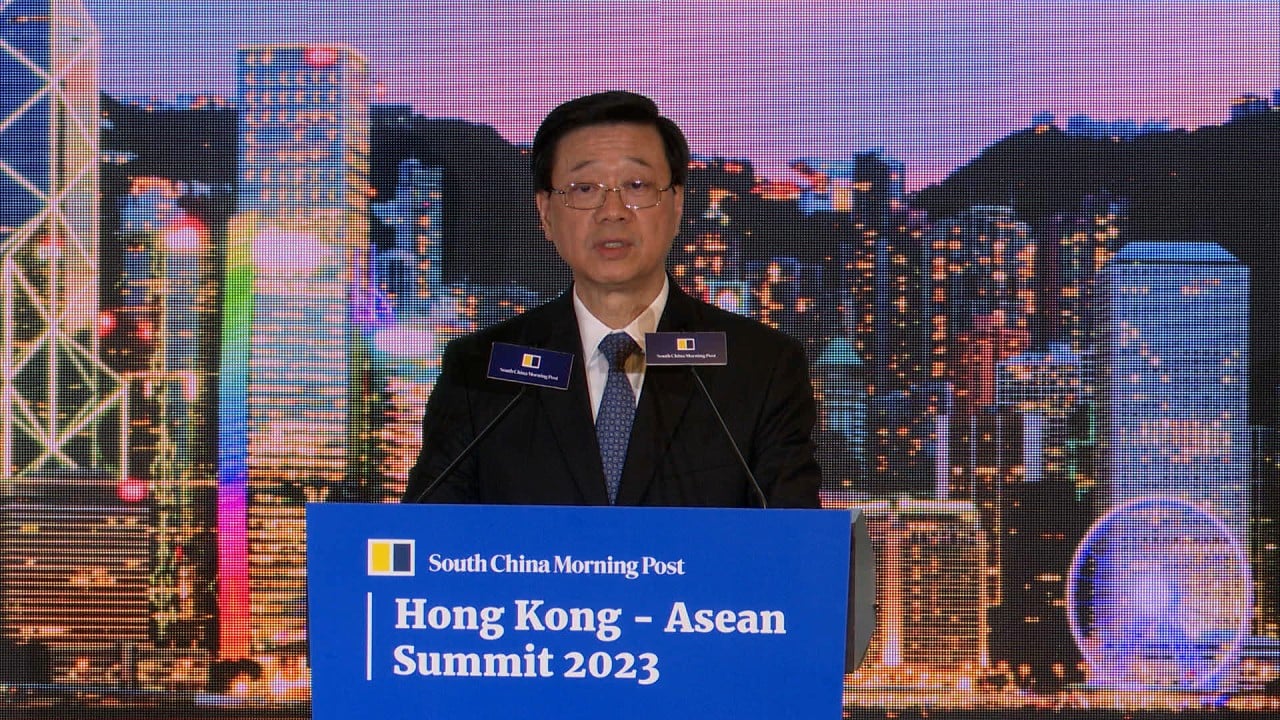
Just another Chinese city? 3 reasons you can’t write off Hong Kong
- Hong Kong is the heart of the Greater Bay Area, has growing ties with emerging economic blocs in Asia and the Middle East, and remains an international lifestyle and financial centre
- With each economic swing of the pendulum, Hong Kong has adapted and thrived – and defied the critics
Over the past few years, and more recently, commentators – often from afar – have tried to write off Hong Kong or say that our time is over. Nothing could be further from the truth.
Looking at the success of many Chinese cities compared to their Western counterparts, this seems like a good plan, but for many reasons, it simply will not happen. Hong Kong, as always, will redefine itself and chart its own course.
As a strong starting point, our ratio of debt to gross domestic product is extremely low (at 7 per cent), so the government has the financial capacity to continue to invest, whereas many global economies exited the pandemic with heavy debt loads.
Now imagine all these cities being less than an hour away from one another, rather than thousands of miles apart. While the precise outcome cannot be predicted, the Greater Bay Area offers limitless economic, business and societal potential.
Global GDP reached US$100 trillion in 2022 with the Asia-Pacific and the Middle East accounting for more than a third, at around 35 per cent. Regionally, we are among the top trading partners for Japan, South Korea, Singapore and Vietnam.
The direction is clear: new economic blocs are being developed and Hong Kong will be a key player in this emerging environment. The mainland is just one of many players in Hong Kong’s economic future.
Third, Hong Kong is both an international lifestyle centre and a financial centre. It is a wonderful place to live, work and play in, along with fast-growing cities in the Greater Bay Area that are less well-known, such as Zhuhai, Foshan and Huizhou.
Hong Kong must look beyond outdated formulas to thrive
Economies are like pendulums: development and growth come in cycles. Like every global economy, Hong Kong has experienced numerous swings, both positive and negative. We adapt and change each time to thrive in the next. Our critics would be well advised to focus on the future of Hong Kong as well as the present.
I like the perspective of Austrian economist Joseph Schumpeter who coined the term “creative destruction” in 1942. He characterised it as the process of industrial change which constantly revolutionises economic structures from within, creating new ones. This seems like an excellent metaphor for our future. In with the new. See you in Hong Kong.
Ronald Chan is the founder and chief investment officer of Chartwell Capital Limited, a Hong Kong-based asset management company



